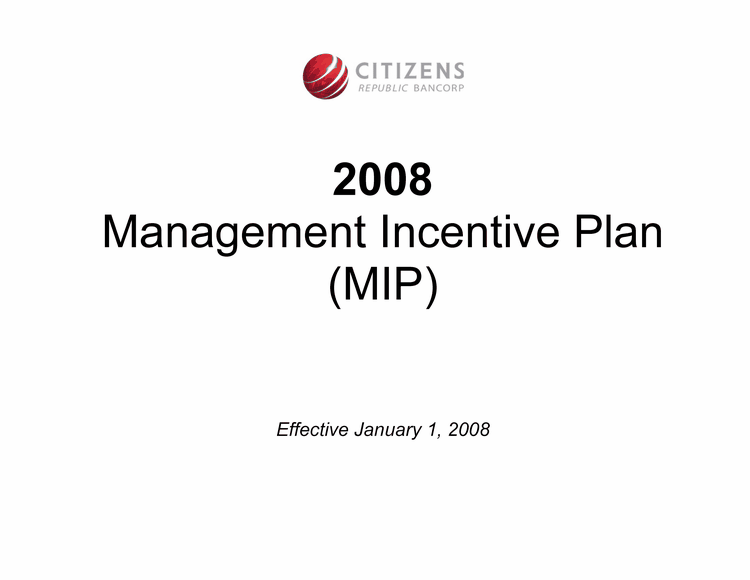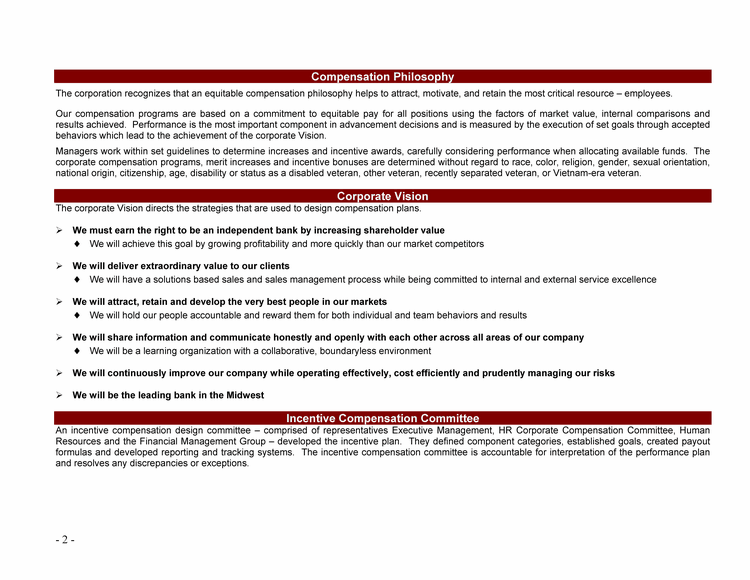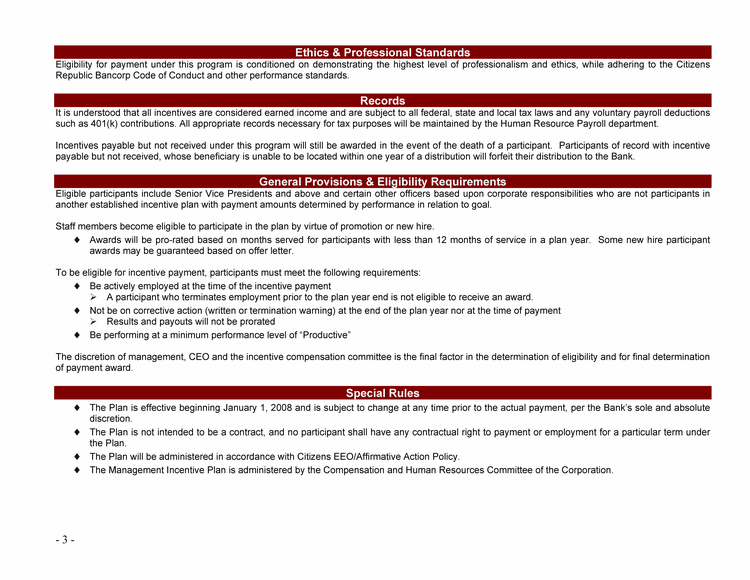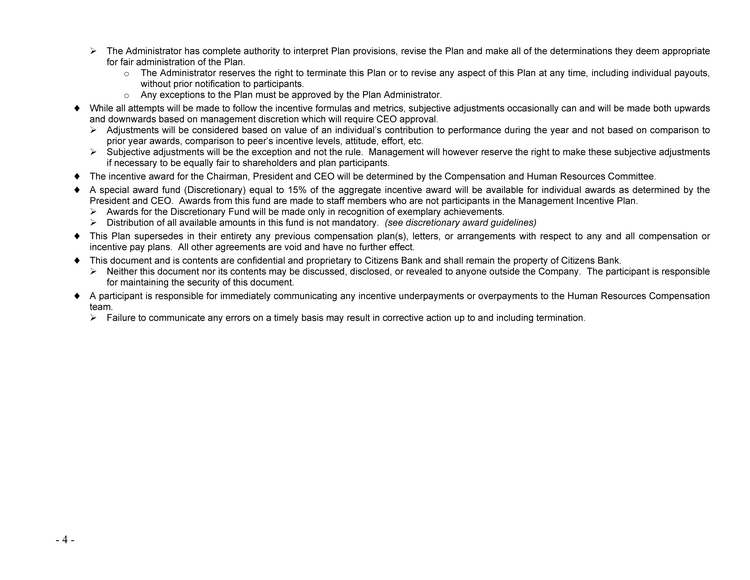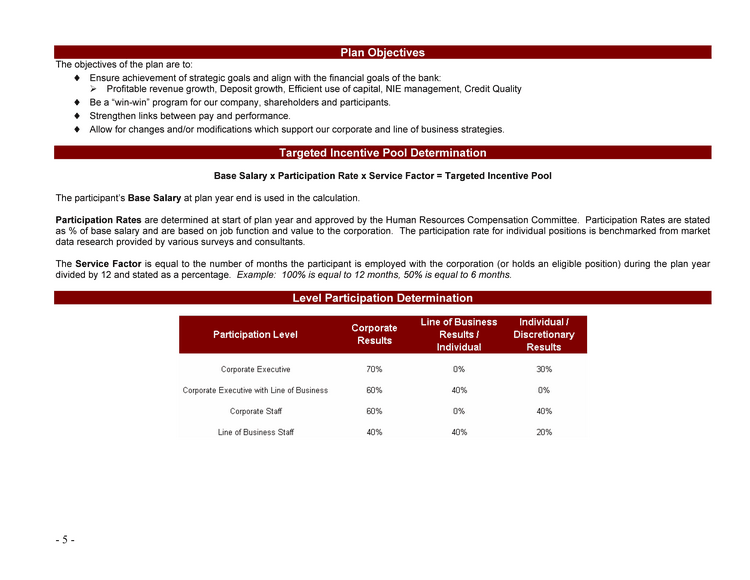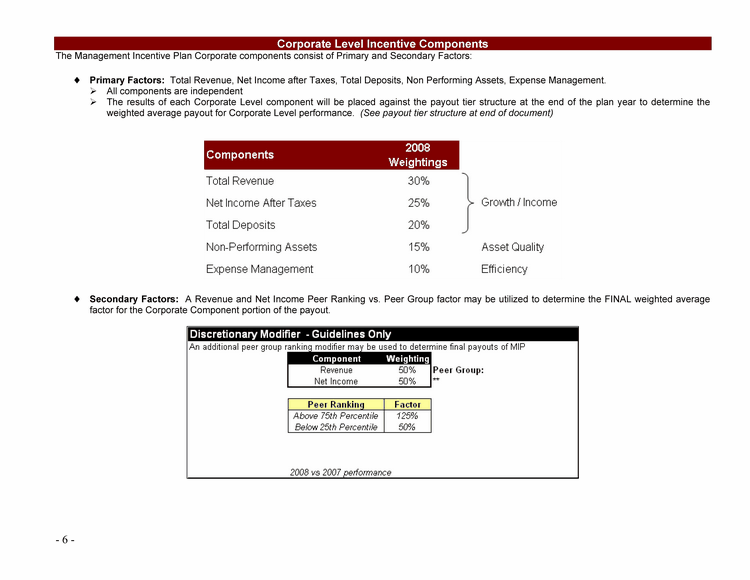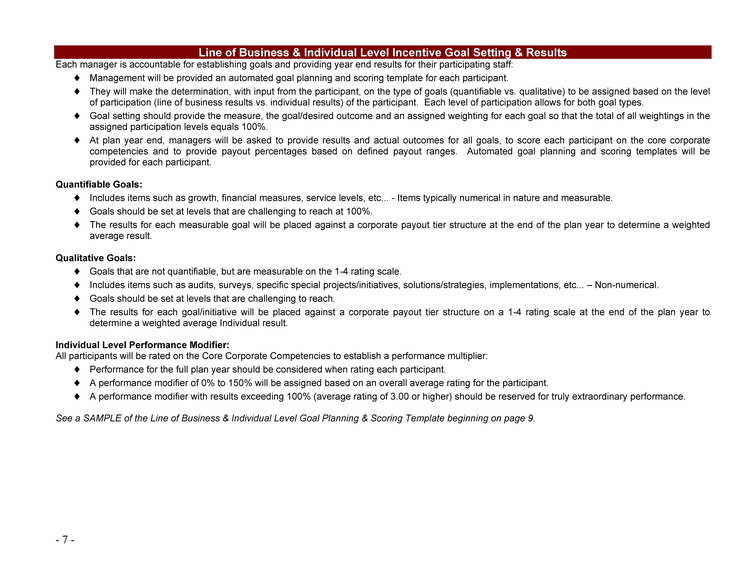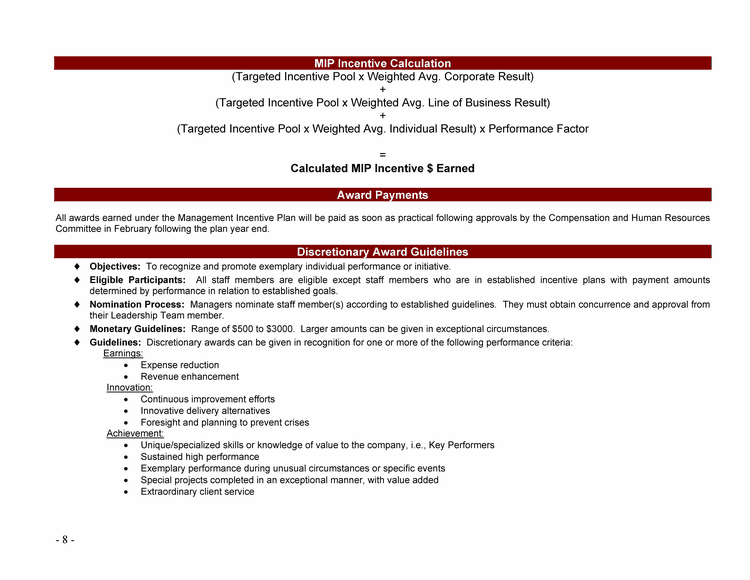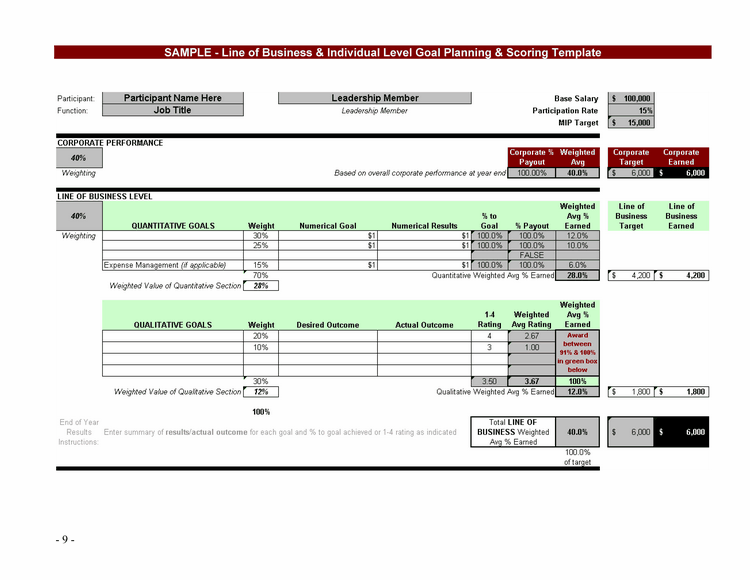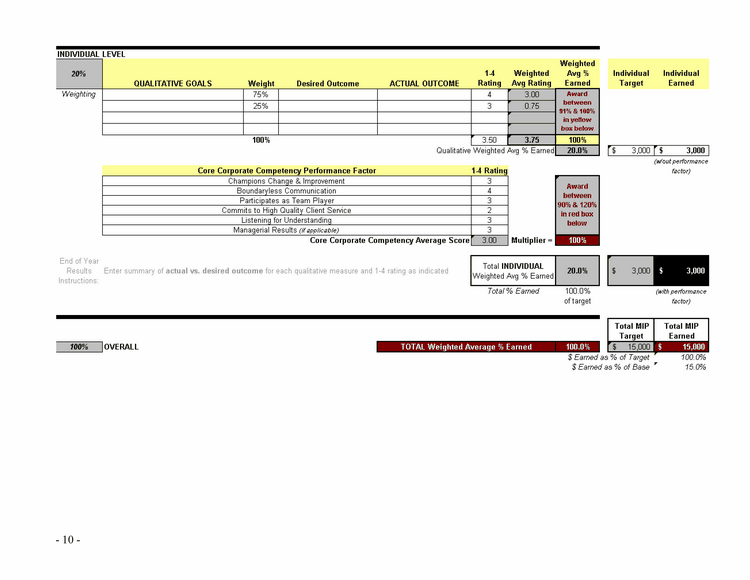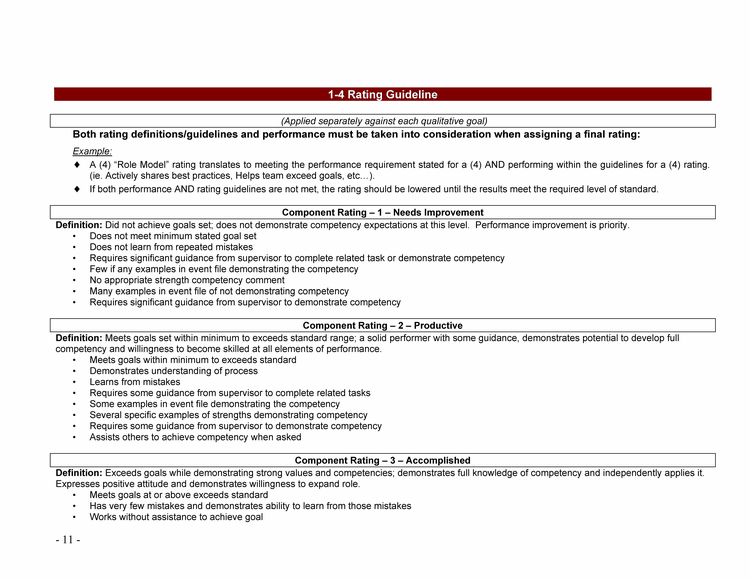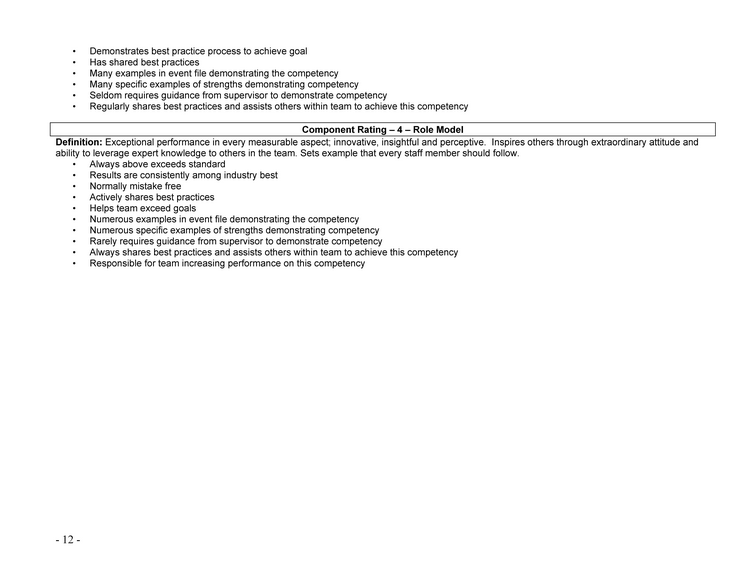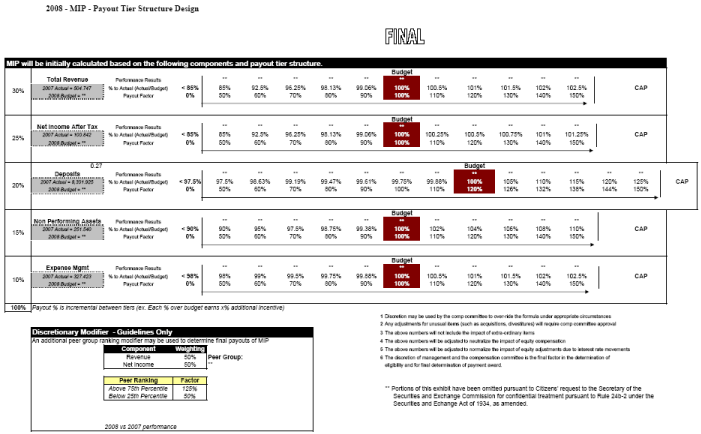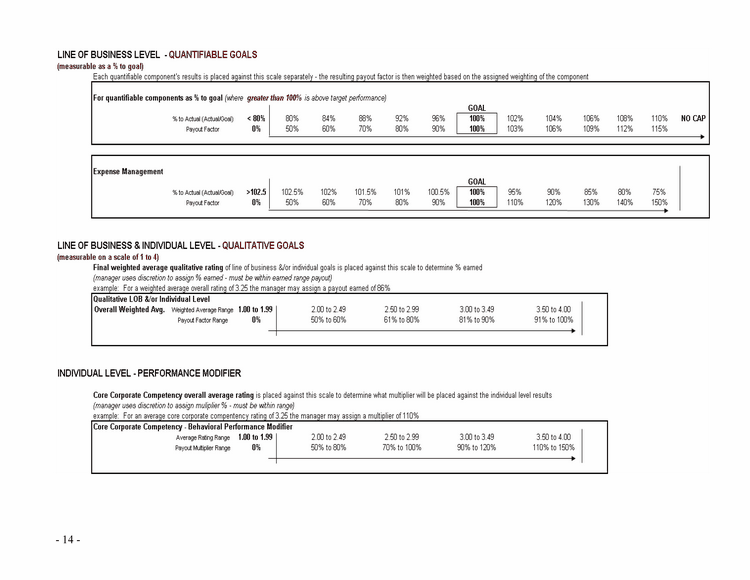Free signup for more
- Track your favorite companies
- Receive email alerts for new filings
- Personalized dashboard of news and more
- Access all data and search results
Filing tables
Filing exhibits
CTZ+A similar filings
- 16 Oct 08 Citizens Republic Bancorp Announces Third Quarter 2008 Results
- 30 Sep 08 Departure of Directors or Principal Officers
- 25 Sep 08 Citizens Republic Bancorp Shareholders Approve Common Stock Proposal
- 17 Sep 08 Financial Statements and Exhibits
- 17 Jul 08 Results of Operations and Financial Condition
- 11 Jun 08 Material Modifications to Rights of Security Holders
- 5 Jun 08 Material Impairments
Filing view
External links
